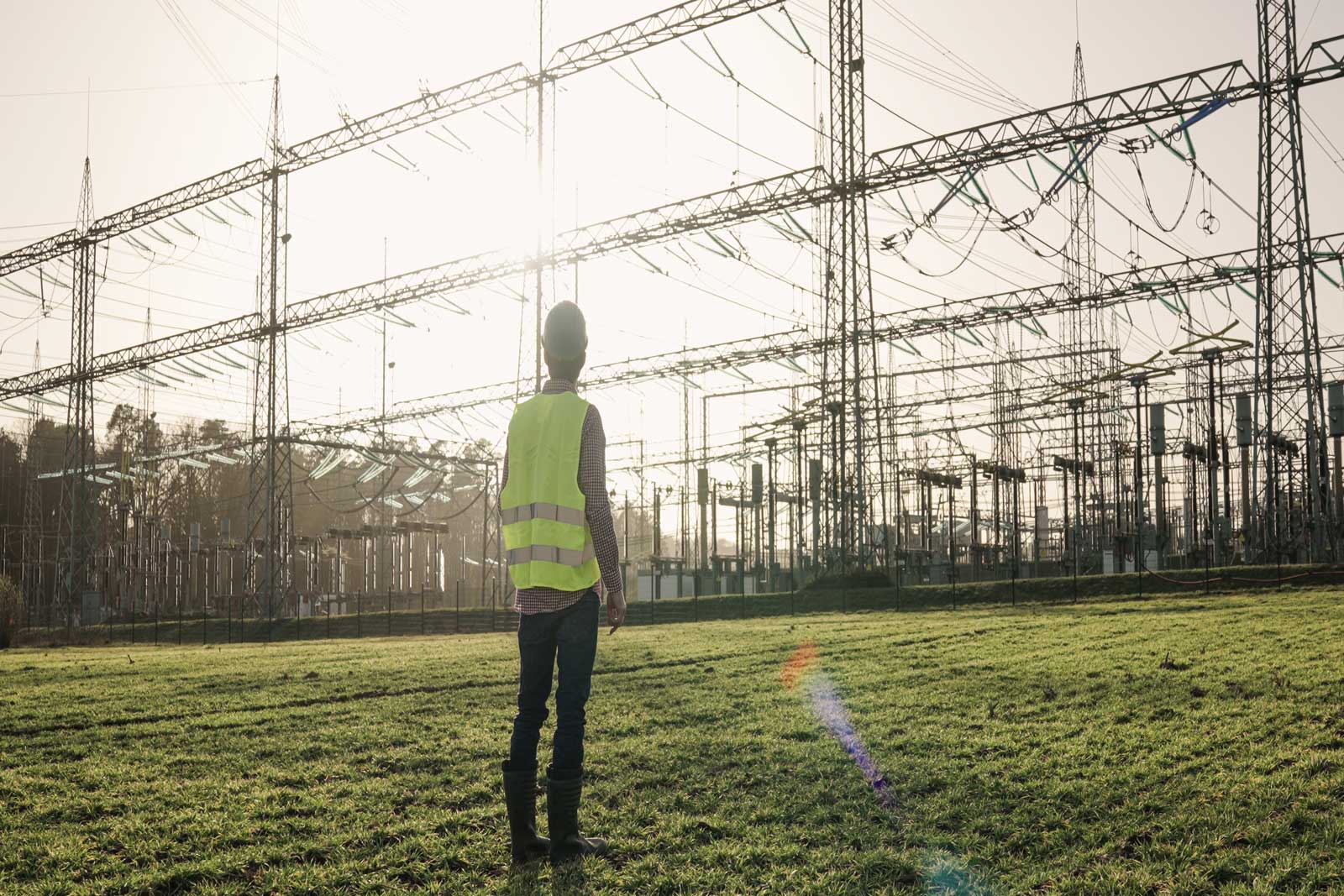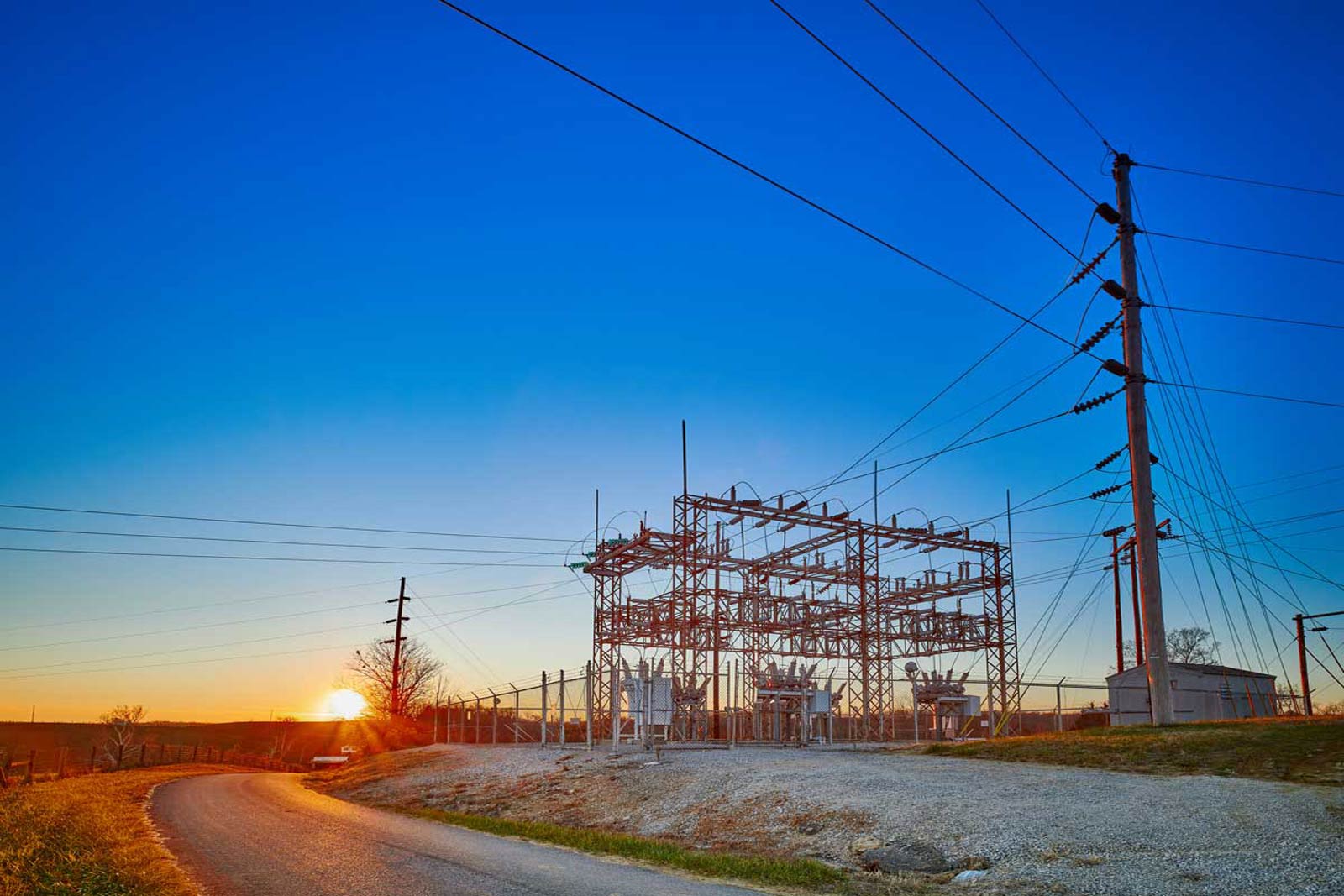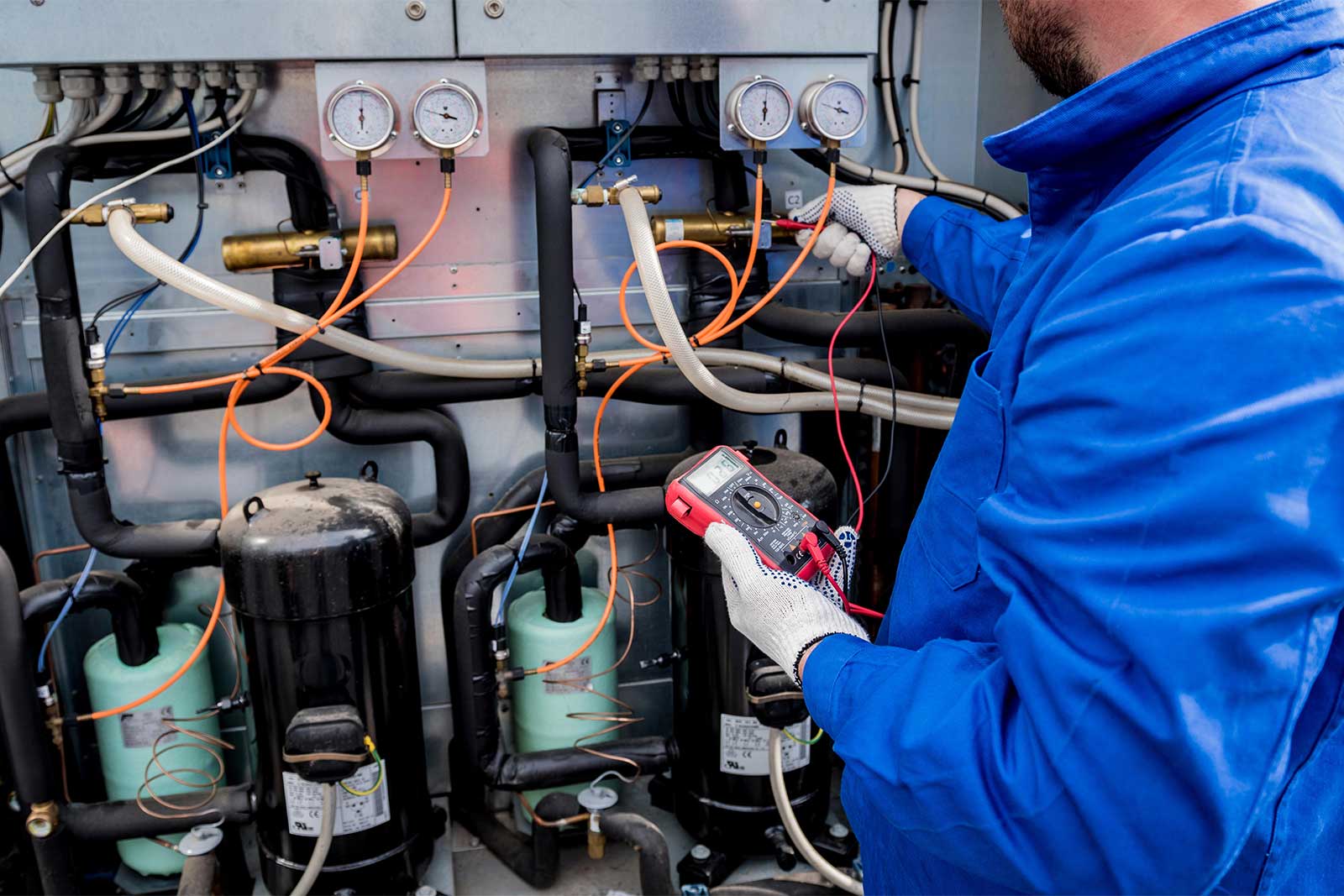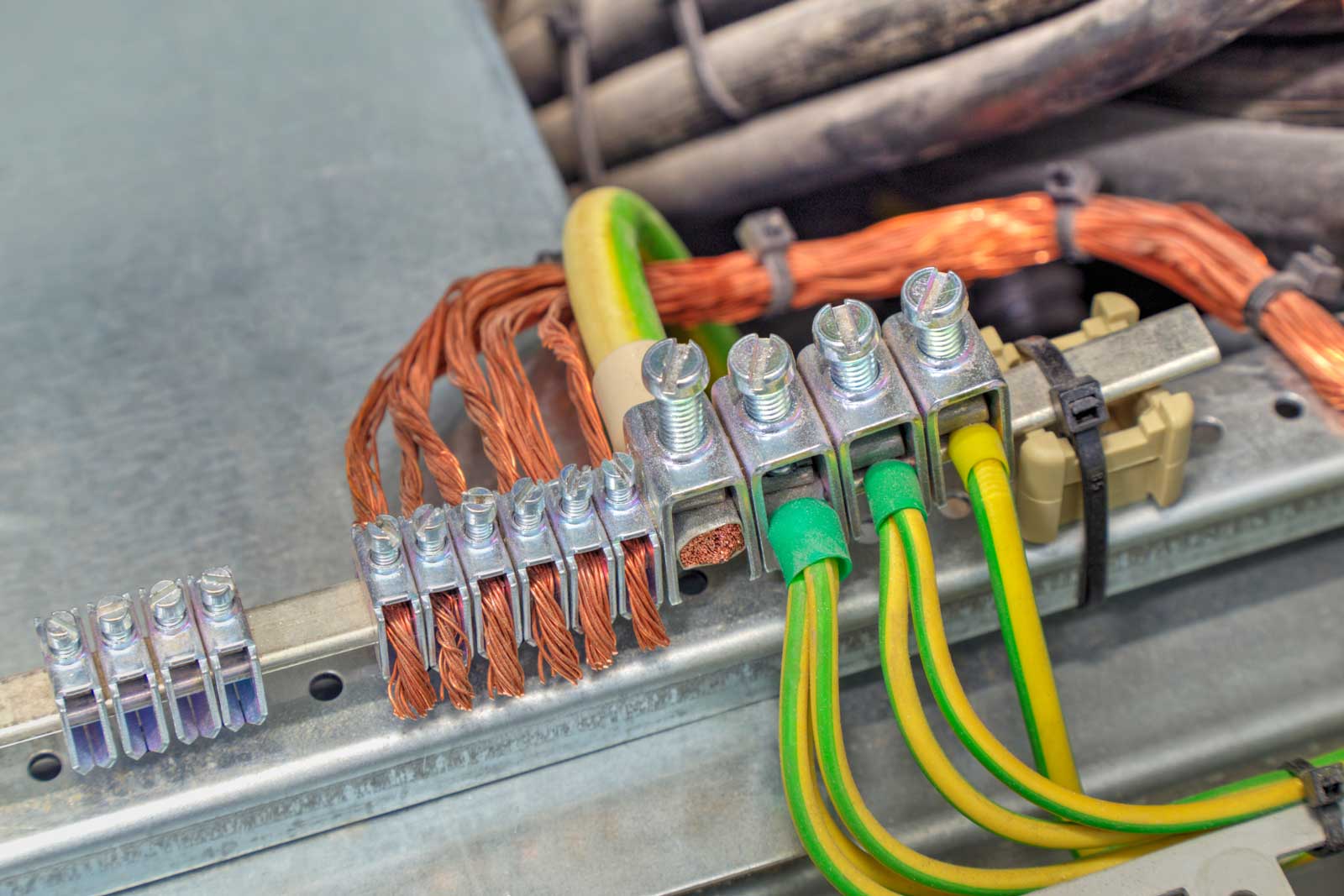In today’s busy modern world, few things are as ubiquitous and essential as the continual flow of electrical power. From lighting and heating our homes to the ways that we work, travel, and socialize, electricity plays an essential role.
Electricity is provided to us through the vast and immensely complex infrastructure of electrical utility power grids, which must be continually maintained. In today’s post, we will take a close look at some of the key safety issues impacting our power grids and the ways overall safety—from the physical to the operational and even the environmental—can be preserved and improved.
Current Challenges in Power Grid Safety
When it comes to our power grids, as with any large and complex infrastructure, safety is both essential and tremendously complicated. We have identified four key areas in which there are safety concerns to be aware of.
Physical Safety
When we think of safety, most of us probably think of physical safety. And this is certainly a concern in the realm of power grids, which have many potential points of failure.
Natural disasters, extreme weather, physical security breaches (such as vandalism or theft), fires, and equipment failures due to either normal wear and tear or incorrect use are all potential threats to the physical safety of a power grid, its personnel, and the public.
Cybersecurity
The internet has revolutionized virtually every aspect of modern life, including the ways important technologies such as our power grids are managed and maintained. However, it has also brought some challenges, and one of the main challenges is cybersecurity.
Malicious actors can hack into systems if their cybersecurity is not sufficiently robust or suffers a breach. One of the best ways to improve this security is to limit the numbers and types of systems that can be accessed remotely or from outside.
MAC’s pumping plants, for example, allow for their status to be viewed from outside but do not allow control systems to be altered from the outside.
Operational Safety
Operational safety refers to anything that could have a negative impact on the system’s ability to function. Fires, for example, are a major operational safety risk to power grids as well as a physical safety concern. Other common issues related to pipe-type cables are the overpressurizing and loss of pressure in cables, which can lead to significant threats to operational safety.
Environmental Safety
Companies and consumers are increasingly aware of the impact of human activity on the environment, and they are trying to mitigate their impact. Environmental safety refers to any aspects of power grid operation that could have an adverse effect on the planet.
For example, the fluid used to insulate and pressurize underground power grid cables is a synthetic oil and could cause significant environmental harm if it was to leak into the earth or groundwater.
Impact of Safety Lapses on Utility Companies and the Public
Power grid safety lapses of all kinds can have significant and far-reaching consequences for both utility companies and the general public.
For utility companies, power grid safety lapses translate not just into potential financial liabilities but also major operational disruptions and reputational harm. There may be costs associated with repairing or replacing damaged equipment, addressing regulatory or legal issues, and reestablishing customer trust. Some safety lapses may also cause harm to personnel working on the grid, possibly to the point of serious injury or death.
For the public, power grid safety lapses can threaten the reliability of the power supplies that we all depend on in our daily lives. This can affect households, businesses, and even essential services such as health care and emergency response systems. Some safety lapses may even pose physical danger to members of the public.
Best Practices in Power Grid Safety
Now that you understand the main risks associated with power grids and the negative impact that lapses in safety can have, we will share a few of our best-practice strategies for minimizing these risks and keeping power grids operating safely and optimally.
Advanced Materials and Fabrication Techniques
One of the best lines of defense against power grid safety issues is to use the absolute best technologies available. This means sourcing the most advanced materials and the most robust fabrication techniques the industry currently offers. It is vital that cables, insulators, and other components are fabricated properly to make them safe.
MAC’s pumping plants, for example, contain advanced fire protection systems. This means that, in the event that a fire develops inside the plant, it will be extinguished and the risk of it affecting electrical equipment in other parts of the substation is mitigated. The Novec 1230 fire suppression system helps protect personnel from toxic fumes in the event they are on-site when a fire occurs. This is in addition to walls that contain materials that lend a degree of fire resistance.
Preventive Maintenance Strategies
Preventative maintenance refers to any proactive strategies taken to mitigate or eliminate power grid safety failures before they occur. For utility companies, embracing preventative maintenance can reduce costly problems further down the road as well as safeguard the public from the impact of unplanned power outages.
A few examples of preventative maintenance include:
- Regularly checking physical components for signs of damage, wear and tear, or tampering
- Running regular tests of systems and processes to ensure that all is functioning as intended
- Testing valves, switches, and other components to ensure they are working correctly
- Running enhanced security checks on digital systems to prevent hacking
- Replacing components with a limited life span before they wear out
- Cleaning equipment regularly to minimize the buildup of dirt and dust
- Incorporating preventative systems into grids and their components; for example, MAC’s pumping plants include cathodic protection, which keeps the pipe housing the oil and the cable from rusting away
Fault Detection and Monitoring Systems
Fault detection and monitoring systems can be built into a power grid and its various components. Their purpose is to detect problems or potential problems as early as possible, allowing for these issues to be remedied before they cause a major safety breach.
For example, our pumping plants contain pressure relief valves. These valves are regulating devices that detect cable overpressurization and release some of that pressure before anything blows. Our plants also incorporate leak detection systems to catch and correct any fluid leaks, which can be catastrophic if not remedied quickly. Finally, we incorporate a high-pressure transducer, which detects a shock wave when there is a fault in a cable and sends out an alarm. The plants on each end of the line detect the shock wave, making it easier to pinpoint where the fault is so it can be fixed as quickly as possible.
Personnel Training and Processes
It is essential that stringent processes and standards are in place and that all those who work on power grids are properly trained to carry them out. Staff at all levels must receive adequate training to allow them to work on the power grid safely and without causing any danger to others, to the environment, or to the system itself.
Collaboration and Industry Standards
There are numerous legal, regulatory, and industry standards by which companies operating power grids must abide. Just some of them include:
- NERC Critical Infrastructure Protection
- SIP cybersecurity training
- ASME and ASTM standards for the integrity of materials
- IEEE standards for cables and splices
- Industrialized Building Commission (IBC) standards
- National Fire Prevention Association (NFPA) standards
- Local, state, and federal building codes
Abiding by these standards not only ensures that companies and organizations operating power grids remain legally compliant but also helps to ensure safety.
Communication
It is important for utility companies to communicate effectively with the public when necessary. For example, if part of a power grid is undergoing maintenance or being installed, the public in that area should be warned. This not only encourages them to keep away from a potentially hazardous area while the work is carried out but also gives advance notice that there may be short-term power outages.
Learn More and Get in Touch
MAC is proud to provide an array of products that help to ensure power grid safety, functionality, and efficiency. If you would like to learn more about any of our products or about anything we have discussed in this article, please contact us, and a member of our team will be pleased to advise you.






